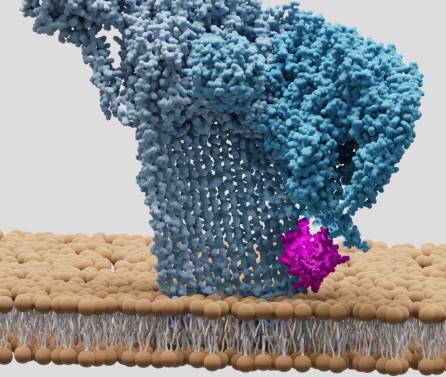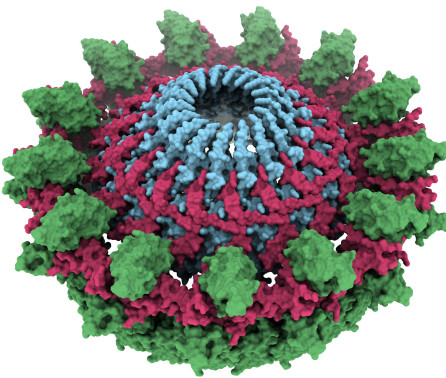BibTex format
@article{Byrne:2015:10.1007/s00216-015-8871-3,
author = {Byrne, B and Kazarian, SG and Boulet-Audet, M},
doi = {10.1007/s00216-015-8871-3},
journal = {Analytical and Bioanalytical Chemistry},
pages = {7111--7122},
title = {Cleaning-in-place for immunoaffinity resin monitored by in situ ATR-FTIR spectroscopy},
url = {http://dx.doi.org/10.1007/s00216-015-8871-3},
volume = {407},
year = {2015}
}

